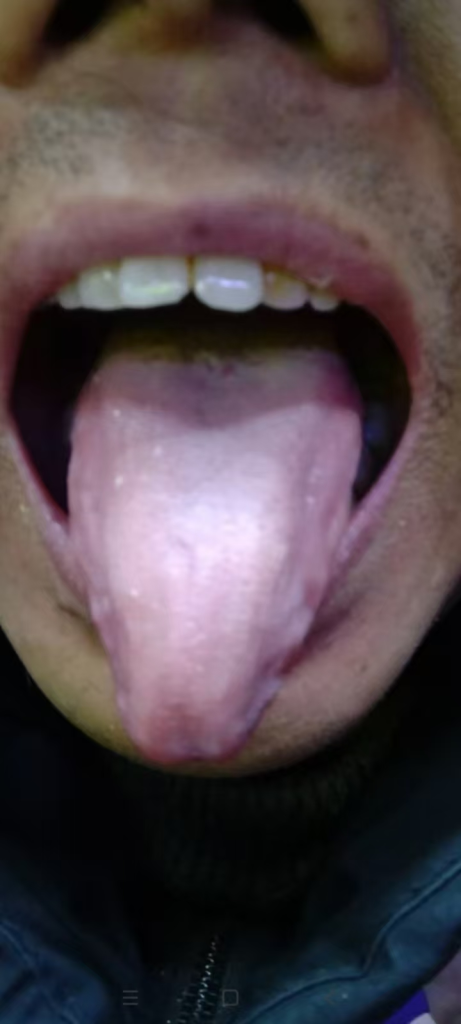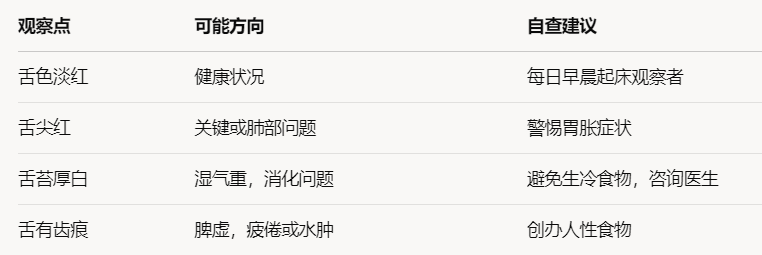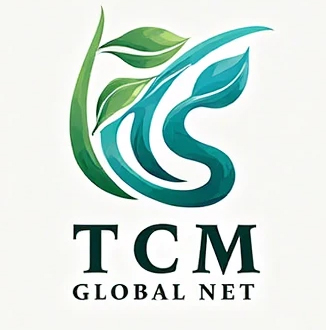I. Characteristics of Solar Terms and Their Connection to the Human Body
Spring Equinox · Balance of Yin and Yang, Beginning of Yang Energy
The Spring Equinox (March 20-21 in the Gregorian calendar) is one of the twenty-four solar terms (Spring Equinox and the Five Elements | Spring and Wood elements are related, and the liver is responsible for the circulation of blood and qi. If the liver qi is not smooth, it may lead to mood swings or digestive issues. Tongue diagnosis can help identify these changes early, for example, redness on the sides of the tongue may indicate liver heat, and a thick white coating may indicate dampness.)
The Spring Equinox also marks the equal division of day and night, after which yang energy gradually increases and yin energy gradually decreases. The “Collection of Explanations of the Seventy-two Hou of the Lunar Calendar” states: “In the middle of the second month, ‘fen’ means half, this is the half of ninety days, hence it is called ‘fen’.” At this time, the soil in the north thaws, and the south enters the peak farming season. The human body also adapts to nature, with blood and qi shifting from inward containment to outward dispersion, manifesting as significant height growth in children and “heat” symptoms in adults (such as toothache, headache, and pharyngitis).
Core of Solar Term Health Preservation:
- Exercise Adjustment: After the Spring Equinox, it is advisable to engage in moderate morning exercise and avoid intense nighttime activities, aligning with the principle of “nourishing yang in spring and summer”; those with liver and kidney deficiencies need to control the intensity of exercise to prevent depletion of qi and injury to body fluids.
- Dietary Taboos: Be cautious with “trigger foods” (such as betel nuts, beef, mutton, and bamboo shoots) as they can easily trigger latent pathogens, especially for those with a cold constitution who need to strictly avoid them.
- Moxibustion for Health: Moxibustion on Dazhui and Shenzhu can help with growth; for those with cold and dampness in the lower jiao, moxibustion on Guanyuan and Yongquan can help return fire to its origin.
Tongue diagnosis is a primary diagnostic method in traditional Chinese medicine, assessing organ function and overall health through observed characteristics. A normal tongue diagnosis should be pink with a thin white coating, no cracks, and slightly dry (Tongue Diagnosis – Wikipedia). Abnormal features include:
- A pale tongue may indicate deficiency of qi and blood.
- A red tip of the tongue may be related to heart or lung issues.
- A thick white coating may indicate heavy dampness, affecting digestion.
Different parts of the tongue correspond to different organs: the tip represents the heart and lungs, the center represents the spleen and stomach, the edges represent the liver and gallbladder, and the root is related to the kidneys.
II. Analysis of Typical Cases
Case 1: Betel Nut Consumption Leading to Acute Gastroenteritis
- Patient Background: 40-year-old male, inherently weak constitution, fond of betel nuts.
- Symptoms: Sudden onset of general weakness, abdominal pain, and diarrhea, with a pale tongue and thick, greasy white coating (Figure 1).

- Diagnostic Reasoning:
- A pale tongue body indicates deficiency of both qi and blood, a thick greasy white coating indicates internal dampness, combined with the dispersing and qi-consuming nature of betel nuts, the diagnosis is middle qi sinking with spleen deficiency and dampness obstruction.
- Betel nuts can invigorate and refresh, but their warm and drying nature, when consumed in excess, can damage the qi of the spleen and stomach, leading to impaired transportation and transformation, and internal retention of dampness.
- Treatment Formula: Ginseng Spleen-Restoring Pill combined with Agastache Qi-Correcting Liquid, to strengthen the spleen, benefit qi, resolve dampness, and harmonize the middle. Symptoms improved the day after taking the medication.
Case 2: Agastache Qi-Correcting Pill Cleverly Treats Premenstrual Low Back Pain
- Patient Background: 20-year-old female student, experiencing low back soreness and distension during menstruation, with a white coating covering the center of the tongue and peeling around the edges (Figure 2).

- Diagnostic Reasoning:
- A white coating in the center of the tongue indicates cold and dampness obstructing the middle jiao, peeling around the edges suggests liver and kidney deficiency, with qi and blood descending to the Chong and Ren meridians being blocked, causing pain due to obstruction.
- Conventional treatment might target the lower back, but traditional Chinese medicine uses the “treat the upper by treating the lower” approach, using Agastache Qi-Correcting Pill to resolve dampness with its aromatic properties, regulate qi, and harmonize the middle and lower jiao, allowing menstrual blood to flow smoothly and relieving low back pain.
III. Misconceptions and Scientific Interpretations of Solar Term Health Preservation
1. The Mystery of “Trigger Foods”
- Definition: In traditional Chinese medicine, foods that easily trigger old illnesses or worsen conditions, their effects are closely related to one’s constitution. For example, betel nuts are considered “trigger foods” for those with middle qi deficiency, but may not be harmful to those with a robust constitution.
- Modern Perspective: Some “trigger foods” may cause allergic or inflammatory reactions (such as seafood causing hives), related to individual immune status.
2. The Dialectical Relationship Between Exercise and Constitution
- Yang Deficiency Constitution: After the Spring Equinox, exercise should be to the point of slight sweating, avoiding profuse sweating to prevent yang qi from escaping with body fluids.
- Liver and Kidney Deficiency: Intense exercise may exacerbate lower back and knee soreness; it is recommended to choose gentle exercises like the Eight Brocades or Tai Chi.
3. Flexible Application of Chinese Medicine
- Agastache Qi-Correcting Pill: Traditionally used for summer heat and dampness colds, its effect in regulating dampness stagnation in the middle jiao can also be extended to premenstrual syndrome, gastrointestinal colds, and other conditions.
- Six-Ingredient Rehmannia Pill: Nourishes kidney yin, suitable for toothache and tinnitus due to yin deficiency and hyperactivity of fire, not just for “heat” symptoms.
IV. Interaction and Practical Suggestions
- How to Self-Check Your Tongue?
You can observe your tongue every morning on an empty stomach, paying attention to the following features:
Color: Pink is normal, pale may indicate qi deficiency, red may indicate heat.
Coating: Thin white is normal, thick white indicates dampness, yellow indicates heat.
Shape: Tooth marks may indicate spleen deficiency, cracks may indicate yin deficiency.
Dryness: Dry may indicate heat, wet may indicate heavy dampness.

- Solar Term Health Preservation Check-In:
- Record daily exercise time, dietary intake, and bodily reactions to gradually understand personal constitution patterns.
- Consult a Professional Physician:
- If persistent discomfort occurs (such as recurrent toothache, menstrual irregularities), it is necessary to combine tongue and pulse diagnosis, avoiding self-medication.
V. Conclusion
The Spring Equinox is not only a demarcation point for natural solar terms but also a key moment for the human body to adjust the balance of yin and yang. By adapting to the characteristics of solar terms, identifying differences in constitution, and maintaining a reasonable diet and lifestyle, one can effectively achieve “preventive treatment.” The way of health preservation in traditional Chinese medicine values “harmony between heaven and man,” and it is hoped that readers will use this article as a reference to build a personalized health management system.
(Note: The tongue images in the case studies are for reference only; specific diagnosis and treatment require consultation with a professional Chinese medicine practitioner.)


Leave a Reply